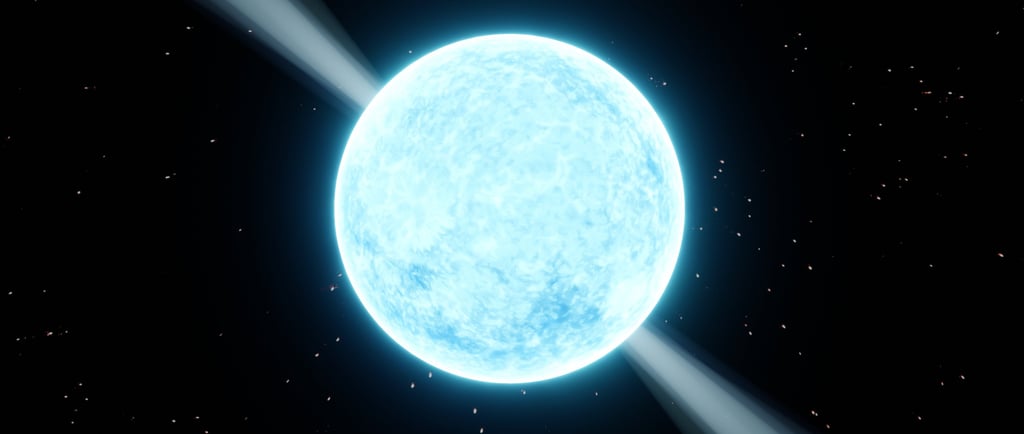The Impact of a Neighboring Pulsar on Planetary Orbits


Understanding Pulsars and Their Influence
Pulsars are highly magnetized, rotating neutron stars that emit beams of electromagnetic radiation. These stellar remnants are known for their incredible density and rapid rotation. As fascinating objects in the universe, they are not just isolated entities; they can have significant gravitational effects on nearby celestial bodies, including planets. When examining the influence of a neighboring pulsar on a planetary system, it becomes crucial to explore how its gravitational pull can change the trajectory of a planet's orbit.
The Gravitational Effects of Pulsars
The gravitational influence exerted by a pulsar extends beyond its immediate vicinity. If a pulsar is located near a planetary system, its strong gravitational field can alter the paths of the orbiting planets. This effect arises due to the intricate balance of gravitational forces within the system. When a pulsar's gravitational force interacts with that of the planets, the orbits can become distorted or elongated, leading to shifts in their trajectories.
Case Studies of Planetary Orbit Changes
Scientific observations have noted instances where the presence of a neighboring pulsar has resulted in measurable changes in planetary motions. For example, in binary systems where a pulsar is paired with a companion star, planets tethered to these stars may experience altered orbits. The pulsar’s intense radiation and gravitational fluctuations can push planets out of their comfort zones, effectively changing the trajectory of their orbits. Such phenomena provide valuable insights into the complexity of celestial mechanics and the interconnectedness of astronomical bodies.
Changes in planetary orbits can also affect climate and habitability, raising questions about the long-term stability of a planet's environment. As the orbit becomes more eccentric due to pulsar influence, variations in distance from the host star can lead to significant climate fluctuations, potentially impacting any existing ecosystems.
In conclusion, the interaction between a neighboring pulsar and a planetary system can lead to significant changes in the orbits of planets. The gravitational effects of pulsars remind us of the dynamic nature of the universe, where celestial forces are constantly at work in a delicate balance. Thus, understanding these interactions is vital to our comprehension of cosmic evolution and the stability of planetary systems.
